Are you curious about How Much Do Women Footballers Earn in today’s game? This article breaks down women’s soccer compensation, looks at salaries across different leagues, and highlights the top-earning female soccer players. Get insights into the financial landscape of women’s soccer and learn about the factors influencing their earnings.
1. Understanding Women’s Soccer Compensation
The financial landscape for women footballers is varied, influenced by factors such as league popularity, sponsorship deals, and international tournament success. While progress has been made, a significant gap remains compared to their male counterparts. Understanding these nuances is crucial in appreciating the earnings of female soccer players.
1.1. Factors Influencing Salaries
Several factors determine how much do women footballers earn:
- League Popularity: Leagues with higher attendance and TV viewership generate more revenue, leading to better player compensation.
- Sponsorships and Endorsements: Top players often secure lucrative endorsement deals with major brands, significantly boosting their income.
- International Performance: Success in tournaments like the World Cup can increase a player’s marketability and earning potential.
- Club Investment: Clubs that prioritize women’s soccer and invest in their teams tend to offer better salaries.
1.2. Salary vs. Earnings
It’s important to distinguish between a player’s salary and their total earnings:
- Salary: The base amount paid by the league or club.
- Earnings: Total compensation, including salary, bonuses, endorsements, and appearance fees.
2. Global Overview of Women Footballers Earnings
A comparison of women footballers’ salaries across different regions provides a comprehensive view of the global pay landscape.
2.1. Europe
In Europe, the Women’s Super League (WSL) in England is one of the most prominent leagues. The median wage in the WSL is approximately £47,000 (around $59,000 USD). However, many players earn as little as £20,000 (approximately $25,000 USD), which is significantly lower than the average salary in the UK. Information on specific salaries is not always publicly accessible due to privacy rules.
2.2. United States
The National Women’s Soccer League (NWSL) in the United States has a salary cap system. The minimum salary is around US$36,000, while the maximum is US$200,000. Some players, especially goalkeepers, may earn more. The higher minimum pay in the NWSL is notable, although the top-end earnings are lower than in some European leagues.
2.3. Australia
In Australia’s A-League Women, the minimum salary for any team member is $25,000 AUD. While this is an improvement from previous seasons, it remains lower than the minimum salaries in Europe and the United States. The smaller crowds and less funding contribute to lower compensation levels.
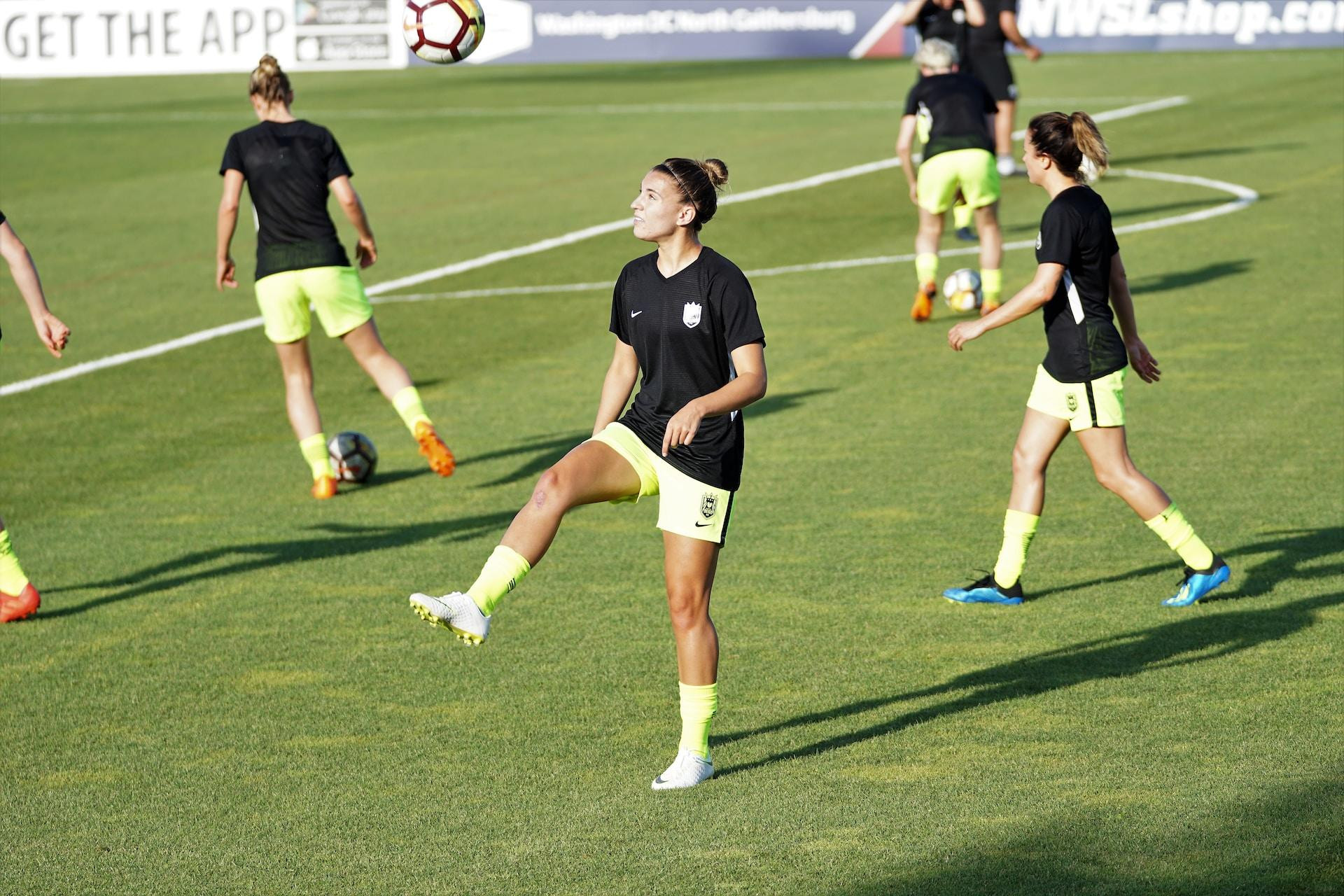 A female soccer player warming up before a match.
A female soccer player warming up before a match.
Alt text: Women soccer players prepare on field before match.
2.4. Comparative Analysis
Here’s a comparison of minimum and maximum salaries across different regions:
| League | Minimum Salary (USD) | Maximum Salary (USD) |
|---|---|---|
| Women’s Super League (UK) | 25,000 | 400,000 |
| National Women’s Soccer League (USA) | 36,000 | 200,000 |
| A-League Women (Australia) | 16,500 | N/A |
3. Top-Earning Women Footballers
While most female soccer players don’t earn substantial amounts, a few top players command impressive salaries and endorsements.
3.1. Sam Kerr
Sam Kerr is the highest-paid female soccer player, with estimated earnings of $3.3 million in 2023. Her income comes from her Chelsea FCW salary and endorsements with Nike and EA Sports. Some sources report her Chelsea salary as high as £477,000 (approximately $600,000 USD), with the bulk of her earnings coming from endorsements.
 A football players wearing a royal blue uniform prepares to kick the ball.
A football players wearing a royal blue uniform prepares to kick the ball.
Alt text: Sam Kerr, Chelsea player, poised to kick soccer ball.
3.2. Vivianne Miedema
Vivianne Miedema, who plays for Arsenal, is the second-highest-paid female soccer player, with an estimated salary of $736,058. Miedema has a record-setting style, scoring 69 goals in 91 appearances for the Netherlands.
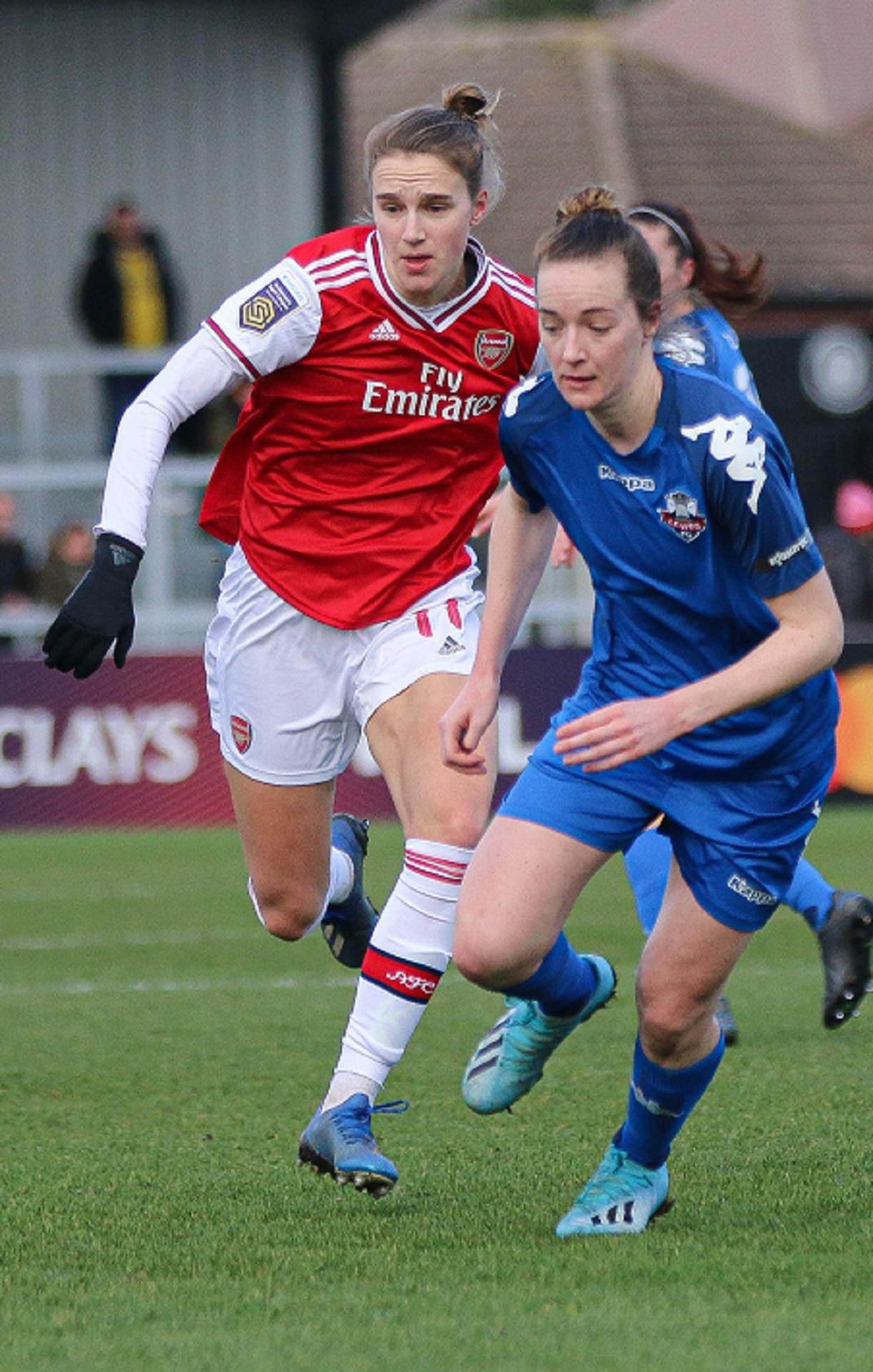 Two football players vie for the ball.
Two football players vie for the ball.
Alt text: Vivianne Miedema in action during a soccer game.
3.3. Alex Morgan
Alex Morgan, a forward for San Diego Wave, has an estimated salary of $654,270. Morgan has won seven contests and a Gold medal at the London Olympics, supplementing her income through modeling and writing.
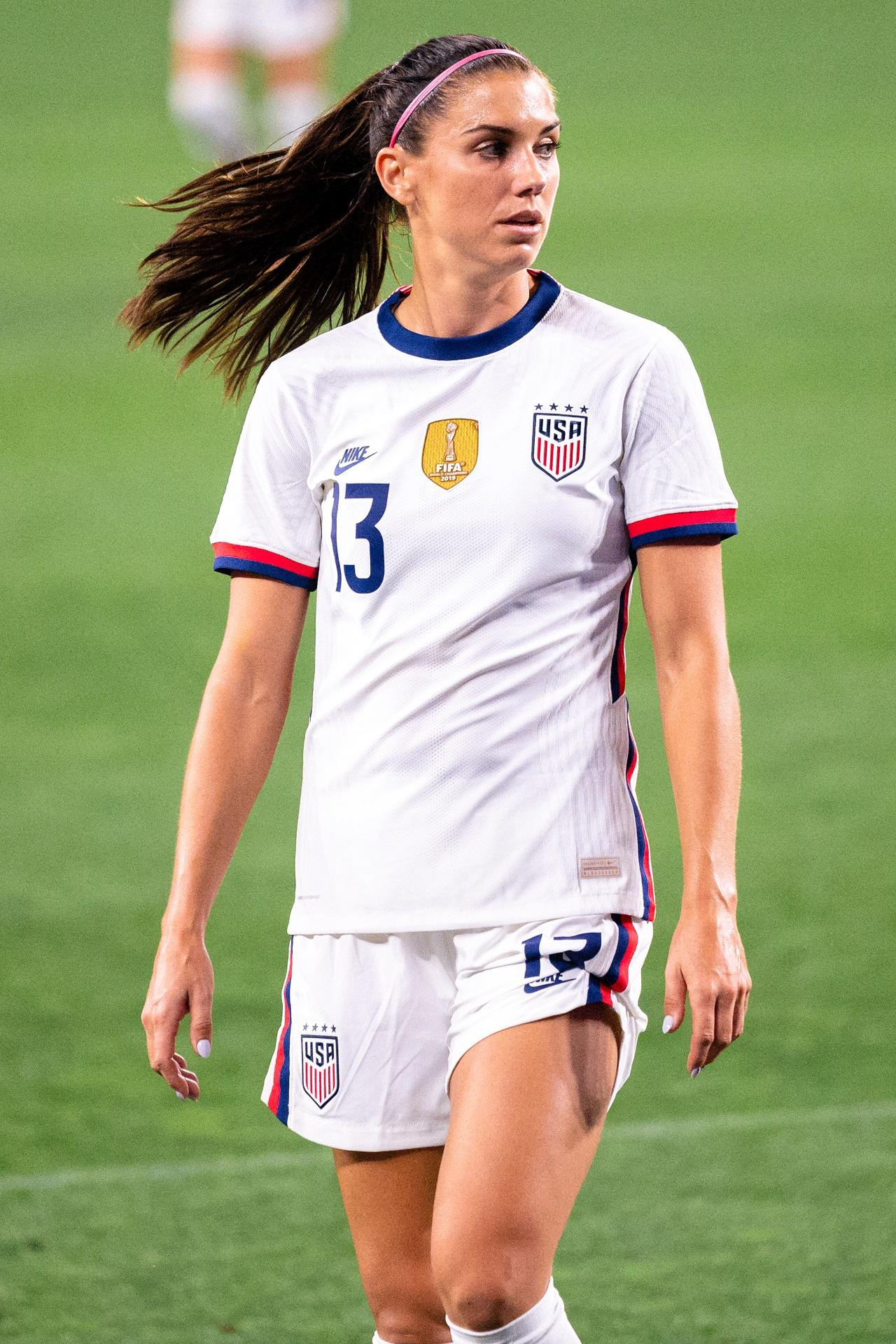 A soccer player in a white team uniform walks on the pitch.
A soccer player in a white team uniform walks on the pitch.
Alt text: Alex Morgan on the soccer field in her team uniform.
3.4. Fran Kirby
Fran Kirby, another Chelsea player, has an estimated salary of $596,900. Kirby helped Chelsea win the 2022 European Women’s Championship (UEFA) and has received the Professional Footballers Association (PFA) Player of the Year Award.
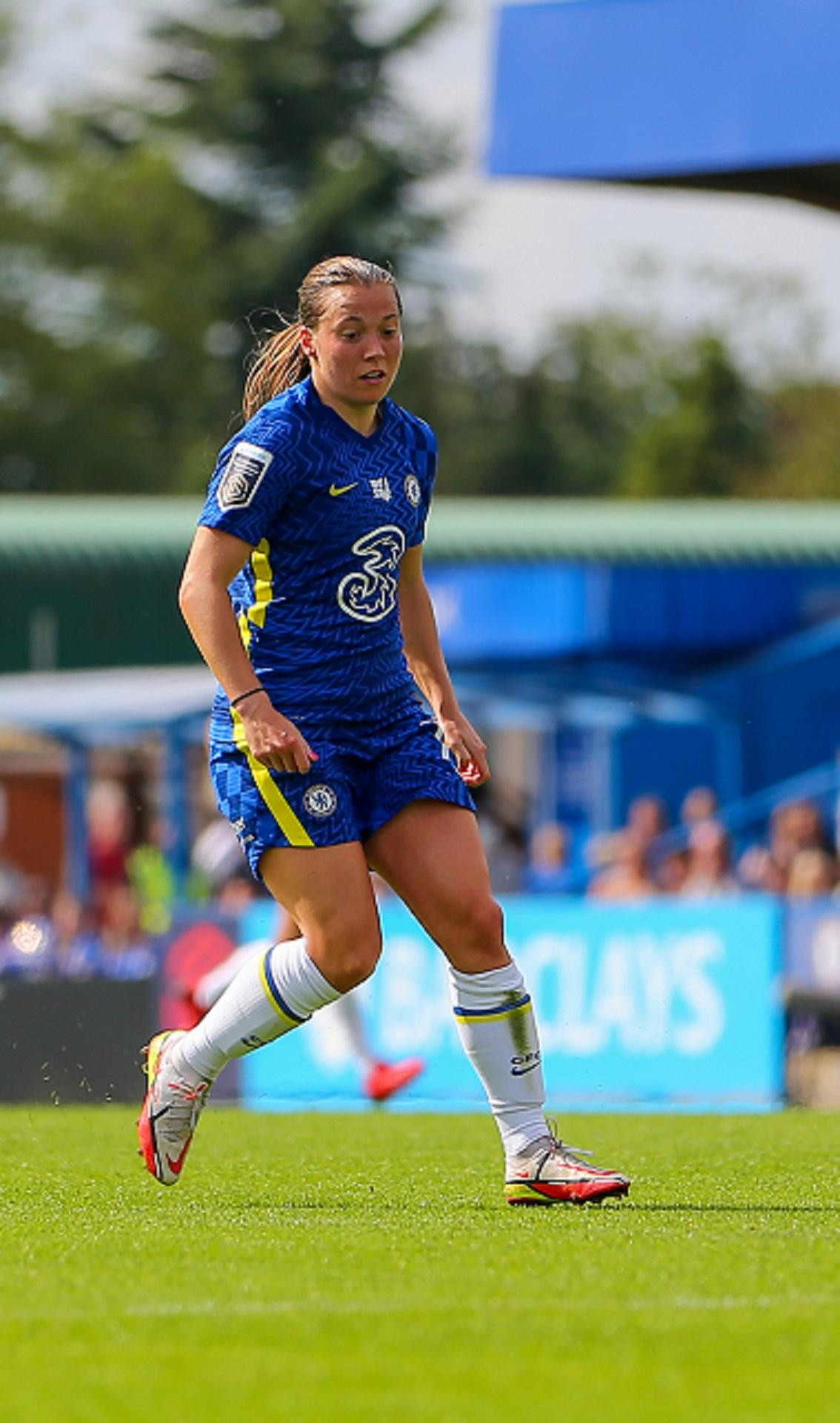 A football player in a blue team uniform runs on the pitch.
A football player in a blue team uniform runs on the pitch.
Alt text: Fran Kirby running with the ball during a soccer match.
3.5. Pernille Harder
Pernille Harder, playing for Bayern Munich, earns an estimated $580,105. Harder has also won the PFA Player of the Year Award twice and has been nominated for the Ballon d’Or Féminin on three occasions.
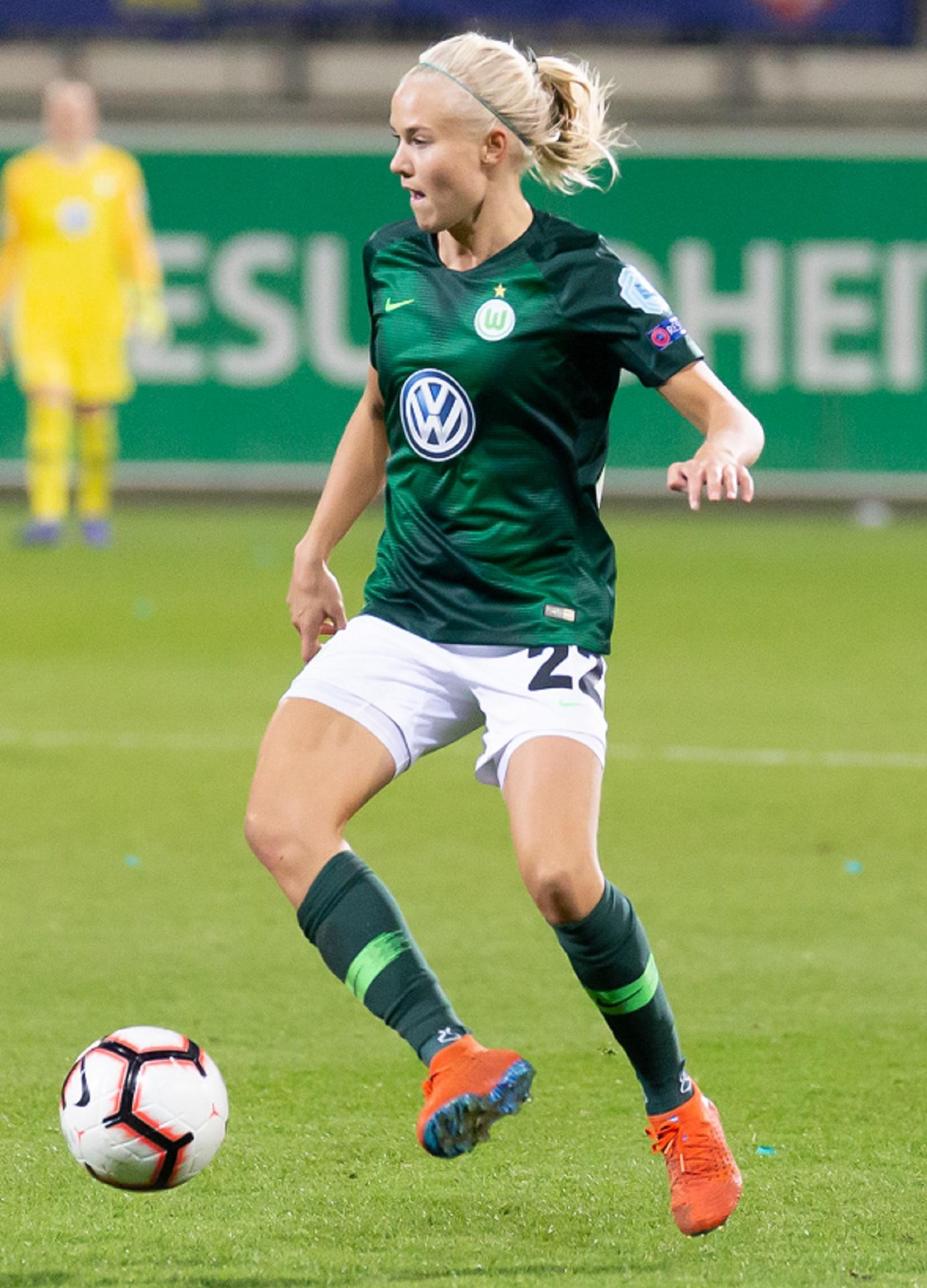 A person wearing a green sports jersey and white sports on a football pitch, next to a ball.
A person wearing a green sports jersey and white sports on a football pitch, next to a ball.
Alt text: Pernille Harder playing soccer on a green field.
4. The Impact of the World Cup on Women Footballers Earnings
The World Cup plays a significant role in boosting the visibility and earning potential of women footballers.
4.1. Prize Money
The prize money for the Women’s World Cup has increased significantly over the years. In 2007, the total prize pool was US$5.8 million. At the 2023 World Cup, it was nearly twenty times that amount at US$110 million.
4.2. Distribution of Funds
The prize pool is allocated based on how far each team progresses in the tournament:
- US$1.6 million is divided among teams eliminated in the group stage.
- US$4.3 million is awarded to the winners.
4.3. Example: Australia’s Performance
At the 2023 World Cup, Australia received US$2,455,000, with each team member taking home approximately US$165,000. This amount significantly surpasses the global median salary for female soccer players, which is around US$14,000.
5. The Gender Pay Gap in Soccer
Despite the growing popularity of women’s soccer, a significant gender pay gap persists.
5.1. Disparity in Salaries
While top female players earn considerable sums, their earnings pale in comparison to their male counterparts. The prize money in the men’s World Cup, for example, ranges in the hundreds of millions of dollars, dwarfing the awards in the women’s tournament.
5.2. Factors Contributing to the Gap
Several factors contribute to the gender pay gap:
- Lower Revenue: Women’s leagues generally generate less revenue than men’s leagues.
- Less Media Coverage: Women’s soccer receives less media attention, limiting sponsorship opportunities.
- Historical Underinvestment: Women’s soccer has historically been underfunded compared to the men’s game.
 A female soccer player running with the ball.
A female soccer player running with the ball.
Alt text: Female soccer player in motion with ball during game.
5.3. Efforts to Close the Gap
Efforts are underway to address the gender pay gap, including:
- Equal Pay Advocacy: Players and organizations are advocating for equal pay and treatment.
- Increased Investment: Clubs and leagues are investing more in women’s soccer.
- Growing Fan Base: The increasing popularity of women’s soccer is driving revenue growth.
6. The Future of Women Footballers Earnings
The future looks promising for women footballers’ earnings, with several factors pointing to continued growth.
6.1. Growing Popularity
Women’s soccer is experiencing a surge in popularity, with increased attendance, TV viewership, and social media engagement.
6.2. Increased Investment
Clubs and leagues are recognizing the potential of women’s soccer and are investing in infrastructure, player development, and marketing.
6.3. Advocacy and Activism
Players and organizations continue to advocate for equal pay, better working conditions, and greater opportunities for women in soccer.
6.4. Potential for Growth
With continued progress in these areas, the earnings of women footballers are poised to grow significantly in the coming years.
7. Maximizing Your Potential in Women’s Soccer
Aspiring to excel in women’s soccer involves more than just talent; it requires dedication, strategic career planning, and continuous self-improvement.
7.1. Focus on Skill Development
Honing your skills is paramount. Consistent practice, specialized training, and seeking guidance from experienced coaches can significantly elevate your game. This includes not only technical abilities but also tactical awareness and physical conditioning.
7.2. Seek Opportunities in Top Leagues
Playing in prominent leagues such as the WSL in Europe or the NWSL in the United States can substantially increase your visibility and earning potential. These leagues attract larger audiences, higher investments, and offer better opportunities for endorsements.
7.3. Build Your Personal Brand
In today’s digital age, building a personal brand is crucial. Engaging with fans on social media, participating in community events, and maintaining a positive public image can enhance your marketability and attract sponsorship opportunities.
7.4. Secure Endorsement Deals
Endorsements can significantly boost your income. Partnering with reputable brands that align with your values and image can create lucrative opportunities. It’s essential to work with experienced agents who can negotiate favorable terms and maximize your earning potential.
7.5. Financial Planning and Management
Effective financial planning is essential for long-term success. Seek advice from financial professionals to manage your income, investments, and taxes wisely. This ensures that you can sustain your lifestyle and secure your financial future even after your playing career ends.
By focusing on skill development, seeking opportunities in top leagues, building your personal brand, securing endorsement deals, and practicing sound financial planning, you can maximize your potential in women’s soccer and achieve both athletic and financial success.
FAQ: Your Questions About Women Footballers Earnings Answered
Here are some frequently asked questions about the earnings of women footballers.
1. How much do women footballers earn on average?
The average earnings vary widely, with the global median salary around US$14,000.
2. Who is the highest-paid female soccer player?
Sam Kerr is currently the highest-paid female soccer player.
3. How does the Women’s World Cup impact earnings?
The World Cup increases visibility and provides prize money.
4. What is the minimum salary in the NWSL?
The minimum salary in the NWSL is approximately US$36,000.
5. Why is there a gender pay gap in soccer?
Factors include lower revenue, less media coverage, and historical underinvestment.
6. How can female soccer players increase their earnings?
By improving skills, playing in top leagues, and securing endorsements.
7. What is the median wage in England’s Women’s Super League?
The median wage is around £47,000 (approximately $59,000 USD).
8. Are women’s soccer salaries growing?
Yes, with increasing popularity and investment.
9. What role do endorsements play in earnings?
Endorsements can significantly boost a player’s total income.
10. How does prize money get distributed in the World Cup?
Based on how far each team progresses in the tournament.
Conclusion
How much do women footballers earn is a complex question with no simple answer. Earnings vary significantly based on league, endorsements, and international success. While a gender pay gap persists, the future looks promising with increasing popularity and investment in women’s soccer. Stay informed and support the growth of the women’s game!
For more information and insights into the world of soccer, visit CAUHOI2025.UK.COM. Do you have more questions or need personalized advice? Contact us at +1 (800) 555-0199, or visit our office at Equitable Life Building, 120 Broadway, New York, NY 10004, USA. You can also explore our website CauHoi2025.UK.COM for further details and assistance. We’re here to help you navigate the evolving landscape of women’s soccer and beyond.